So I want to talk about something I’ve mentioned within many other posts, as recently as last month, but is so important it deserves its own series: Why You Need A Website. Not a social media page. Not a DeviantArt page. Not an Artstation page. A website of your very own, that you control. I am sick of fighting about it on twitter with people, so I’m writing it all out here.
Before we dig in, let me say this. I am speaking mostly to folks — a large part of the Muddy Colors audience — that makes money from their art, or wants to in the future. If you are an art fan, you probably don’t need a website other than for fun. If you are an artist who doesn’t care about showing or selling anything then A) Yes you are still a “Real Artist” and B) you’re excused from the rest of this post. So for the rest of you students, professionals, side-hustlers, full-timers, and part-timers, whether ye be a visual artist, writer, musician, or any other type of creative person who gets hired for their work, yes, you need a website. You need a website to be hired by professional companies. You need a website to sell directly to fans. You need a website, period.
Before we begin, please recall I am a Creative Director (CD) (and Art Director (AD), we can talk about the difference in another post) who hires freelance artists and works with freelance writers for a living. I have been working for major publishers for 20 years now (yikes!) and I’ve been Art Directing for 15 years. I don’t speak FOR all ADs but I speak TO a lot of them, in many industries. In fact, I help run a website called Dear Art Director with a bunch of them. So I know what I am talking about.
1 — Professionalism
When an AD working for a professional company wants to hire an artist, they always need to get approval from someone—usually a lot of someones. Publishers, Editors, Authors, Directors, Producers, etc. ADs control the options they pitch, but they rarely get the final choice alone. They need to bring those artist options to a meeting and go over them. And they almost always need to email those artist options ahead of that meeting or after that meeting. Think about what that means for a second. An AD, who is an expert at looking at artists’ work, needs to send a email to people who are not professional artists, full of artist options for them to look at on their own. No offense to the great folks I work with in Editorial but they do not have trained visual imaginations. They cannot look at a ton of work and see why I want to hire a particular artist. I show specific pieces of work tailored to what we would be asking the artist to do, either in attachments or in direct links. I write out why I think that artist will work out. Then we all go into a meeting and look at the website of the artists together and debate them.
I cannot send a mess to an Editor, Publisher, or Author. If I send them your instagram page, they will not know what a WIP is, how to pick out the finished pieces from your personal photos. If I send them to your twitter page they are not going to scroll through looking for a particular piece of art. If I pull up your DeviantArt page in a meeting it’s a disaster and it’s nearly impossible to see what’s your work and what’s work you like and what’s work they’re advertising. Never mind the very good chance of there being something very NSFW on screen every time I reload. Artstation is passable, but still, there’s no categorization. There’s barely any room for info about the artist at all.
It’s nearly impossible to get an artist approved when they don’t have a website. If I am really desperate, under much duress, I have sat and taken screen-shots of people’s instagram work and recropped it and made it into a PDF but god, that’s so much extra work. And then, honestly, everyone just wants to know why there isn’t a website to look at, because editors have to send the same material on to their authors, we often share an artist’s site with Sales while we’re waiting for art to come in. I cannot send social media links to all these people.
Having a website you control, that A) shows your best work without filler B) has your contact info clearly available, and C) has info about you – past clients, something about your background, topics you have expertise in, etc shows you are a professional that takes their career seriously. You are ready to be hired by other professionals and get the job done.
As I’ve said before in my last post, Art Direction is about risk control. So we are trained to not only evaluate your work but also soak up all the hints out there about how professional you are. How do you write about yourself? Is your contact info easy to find? Do you have an organized online portfolio? Your work may draw my eye, but your professionalism is what gets you added to my “To Work With” list. Also, on that note, take a minute to think about ADs and how we add you to that magical “To Work With List” — every one of us has their own system, be it web bookmarks, Pinterest, saving images to folders, etc. ALL of these methods are 100x harder from a social site rather than a website. (It’s also why we say not to block downloads on your images, but that’s a post for later.)
I think the thing that throws people is that yes, you do get approached for some work if you just have social media, or share sites like DeviantArt. But who is approaching you? Individuals who want commissions, one-man companies, and companies who survive at the bottom rung of their industry’s professional ladder. The companies who pay the smallest commissions so they’re constantly losing artists and have to work with the greenest talent. But you’re not going to climb the industry ladder to better commissions and higher-paid work until you put some effort into looking like a pro. You get out what you put in, people.
And for folks that have no interest in being hired by another company or AD, and only want to sell direct to fans, let me tell you fans respond to professionalism too! The more secure they feel in you being a real business the easier it will be to convert them to buying your prints, backing your Patreon, etc. And galleries are the same. Everyone wants to work with trustworthy professionals. Too many artists are obsessed with likes and follower counts because they can be measured. Professionalism is harder to quantify BUT it’s infinitely more important. And for fan-direct artists, professionalism is how you convert those follower counts to income.
2 — Narrative
If there’s one truth to being a freelance artist it’s this: You Get Hired for What’s In Your Portfolio. If you have a portfolio site, you can control what’s shown as your best work, and you’ll get hired to make more of that. That’s why you should always be pruning and replacing pieces as your skill increases. But artists who want to break into new areas of work also can use this to signal to clients the kind of work they want to be hired to do. If you want to branch out, you put a sample personal piece in your portfolio the direction you want to go and you are directly changing the quality and content of what you are commissioned to do. That’s much harder to do on a social site.
Also for folks that have multiple styles, audience ages, mediums, etc for their work: you can’t organize that unless you have a website you control. If it’s all jumbled together on a social feed or a site like Artstation then how can ADs know what they’re going to get when they hire you? Having different bodies of work on a website shows me that you know the difference between those bodies of work and can reproduce them on command when asked to.
Furthermore, a completely underutilized tool on a website is the About page. The next post in this W.Y.N.A.W. series is going to be completely on About pages. I see Artists stress writing a bio or what to put on their About pages and they’re thinking about the wrong things. The About page is another tool for you to target clients and help control what you work on. There are so many ADs out there desperately trying to hire diverse artists and match artists with special knowledge to projects needing that knowledge. Cultural backgrounds, sexual identity, gender expression are very very hard to tell accurately on social media. In the past few months I have been looking to hire a Muslim artist, a Latinx artist with knowledge of the folklore of Venezuela and Colombia, a nonbinary artist…do you know how hard it is to find artists of certain backgrounds that you are certain about having the background you are looking for? ADs don’t want to offend people by assuming. Not too long ago I mistook an Indian artist for a Black artist because they had been tagged wrongly on a list of Black artists on an article online and skin color is hard to judge by photos online. Thankfully they were understanding about it, but I was mortified. I always always check About pages on people’s websites to make sure I am hiring the right folks when I am trying to hire diversely. And it’s not just about BIPOC or LGBTQ+ — Sometimes I want to hire artists for their hobbies or special interests, which I will really only know about from their About pages.
And while I’m not telling anyone to put personal info on their About page that they don’t want shared publicly, I am telling you to put all your special interests and identities you WANT to be hired for on your website so you can be hired for them. A combination of the work in your portfolio + hearing about the kind of work you want to do on your About page is so much solid gold info to an AD.
And again, for folks who don’t care about commissioned work and care about direct selling to fans, then controlling your narrative is even more important! You’re not just selling your art to folks, you’re selling your story. Who you are, why you make the art you do, etc. Your whole site should be telling one big story to your fans. This is 10x true for the fine art/gallery world.
3 — Futureproofing
Look, I don’t want to out myself as an old person here, but I had a Friendster page back in the day. And a Myspace page. And a Facebook page. Social media is always moving and evolving. And do you want to trust Mark Zuckerburg to protect your work archive? Some of you remember when Conceptart.org shut down suddenly and thousands of artists lost all the work they had posted on it. You need to not only show off your work, you need to protect it. And while there are programs and services that will back up the major social media sites for you, the problem is the site architecture is never preserved. You can’t take a backed-up instagram archive and turn it into a website later, all you can do is painstakingly go through the raw images and pick out what you hope to reuse manually.
4 — Reach
How do you build a successful art career? Make Great Work and Show It To the Right People. How do you do that the most direct way? By emailing your work to the ADs and clients you want to work for. What are you going to send them? A link to your instagram page? Wasted opportunity. See #1, Professionalism. You want to figure out where the work you make overlaps with the work companies use, and start making a client list. Find their art drops, find their AD emails, and then send in your work a few times a year. You can only do this when you have a website.
As for the direct-to-fans camp, instead of worrying about sending emails directly to ADs or clients, you should focus on building a newsletter. Your entire site should be subtly funneling folks to signing up for your newsletter, because that is your place of direct contact, most control, and true source of income.
5 — Mental Health
I don’t know if you’ve noticed but social media has been a really toxic place lately — especially during this pandemic. People are stuck home with too much time on their hand missing being social and they are scared and angry and taking it out on each other. Every online community I consider myself a member of has had some pretty ugly shit go down. People are getting burned out, and more and more people are taking social media breaks to try and preserve what shreds of mental health they have left. I know I am, and many of the ADs I know have been spending less time on social media. I know too many artists that are terrified that if they don’t stay constantly active on social media that their career is over. But that’s only true of the folks whose career is ONLY supported by social media. Algorithms are opaque and we’re all guessing at what gets your work seen, but we all know taking breaks isn’t good for reach. So don’t let an algorithm dictate your career. Social media is just one tool in a toolbox, and you need to diversify. Read last month’s post for more on that.
When you have a website it’s a place you can go and upkeep and control without toxic interaction. Even if the trolls are all over your social media you still control your site. All the ADs who have bookmarked your portfolio website can still find you, still hire you. You can still make new work and have an outlet for it. You can email that website directly to ADs and clients you want to work for. And again, if you’re on the direct-to-fans side, when you want to take a break from social media, you still have that newsletter list that can keep you in touch with fans in a much more controlled and direct way.
Ok, have I convinced you yet?
Great!
Now, a few pointers:
—A clean simple layout is easiest and usually best.
—You don’t have to spend money! If you want to spend a little money, I prefer Squarespace for sites I need to build & upkeep, but there’s a ton of free alternatives out there. WordPress has a ton of free nice templates. Mailchimp now has a free web builder. You If you buy a domain name it’s about $12-20 a year and often hosting sites like Godaddy have free website builders attached to that. And while I would consider the free versions of Artstation and Behance to be more social or share sites, they have professional versions that aren’t that expensive that offer you more control over your site and a lot more options. If you pay for Adobe Creative Suite membership, there’s an Adobe portfolio builder and hosting built into that. A lot of artists and designers love Cargo and that’s free to build a simple site. Some more low price builders are Wix and Carbonmade.
—Don’t stress about your url. Back before Google was so ubiquitous having an easy-to-remember site address was really important. Now it hardly matters because everyone will just Google you.
—Make sure your email is on your site. Even if you have a contact form on there for fans, make sure your actual address is there for ADs and other professional inquiries. It’s worth the spam, deal with it.
—Get a simple site up first, and then take your time fine-tuning it and building it out. It’s called minimal viable product and it’s a helpful way to think about this. It’s better to have a simple site up fast than hold your site back until you have the time and energy to make it perfect.
P. S. for the folks who are concerned about my own website not following every above note, I am not looking for freelance work. I am way too busy with Orbit Books and have to turn down any offers I get. Even so, my winter project is to transition from the bespoke site I have now to a Squarespace site, because getting the Venn diagram animation to work on some mobile sizes is a pain and Adobe also discontinued Muse which I built it in. Even so, my site works fine for my purposes, and it is a stand-alone site and I do not rely on social media to be my main site. Also, this post is not “Why Your Standalone Website Needs to Be Updated” it’s why you should have a standalone site at all. And I have had one for over 20 years so, worry about your own backyard, thanks.


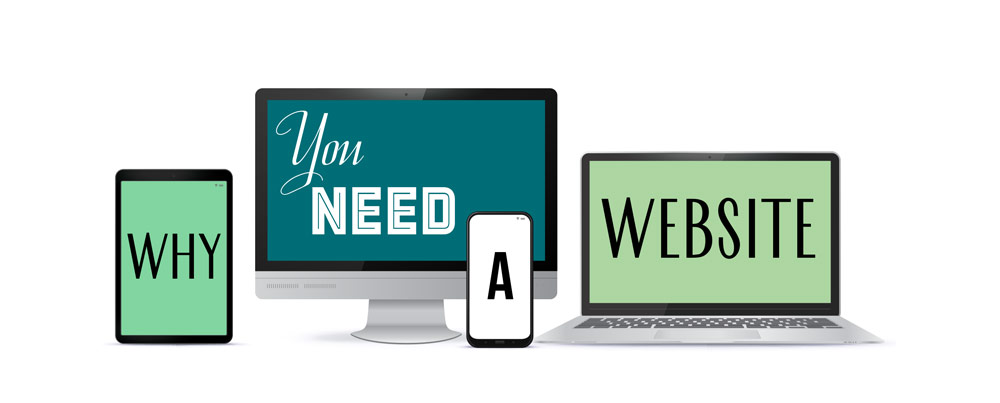
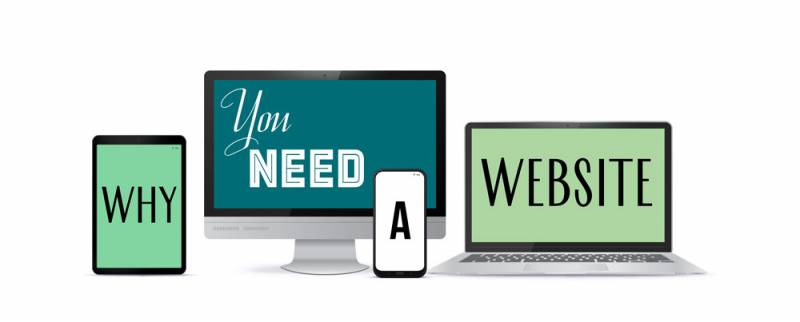
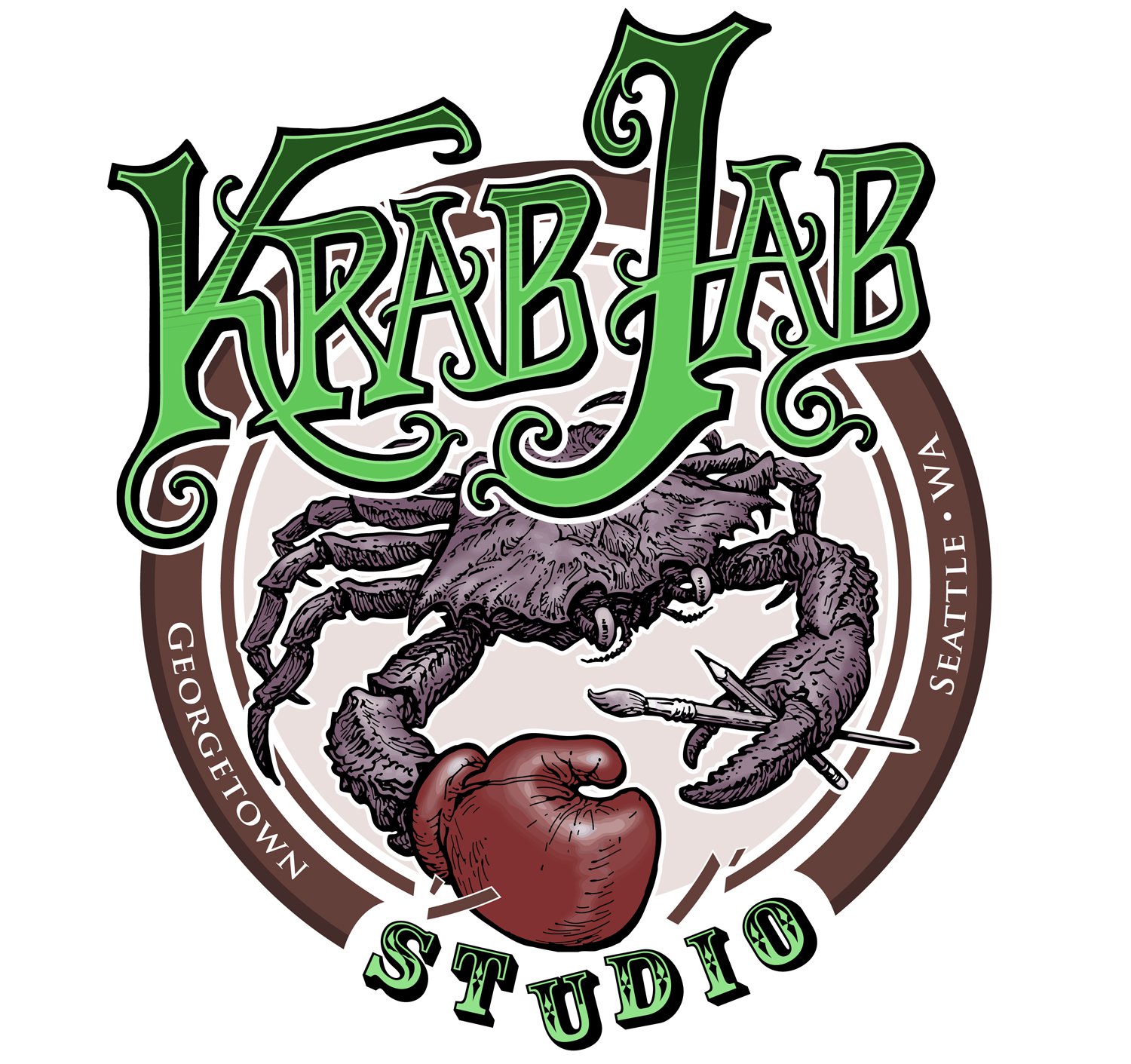
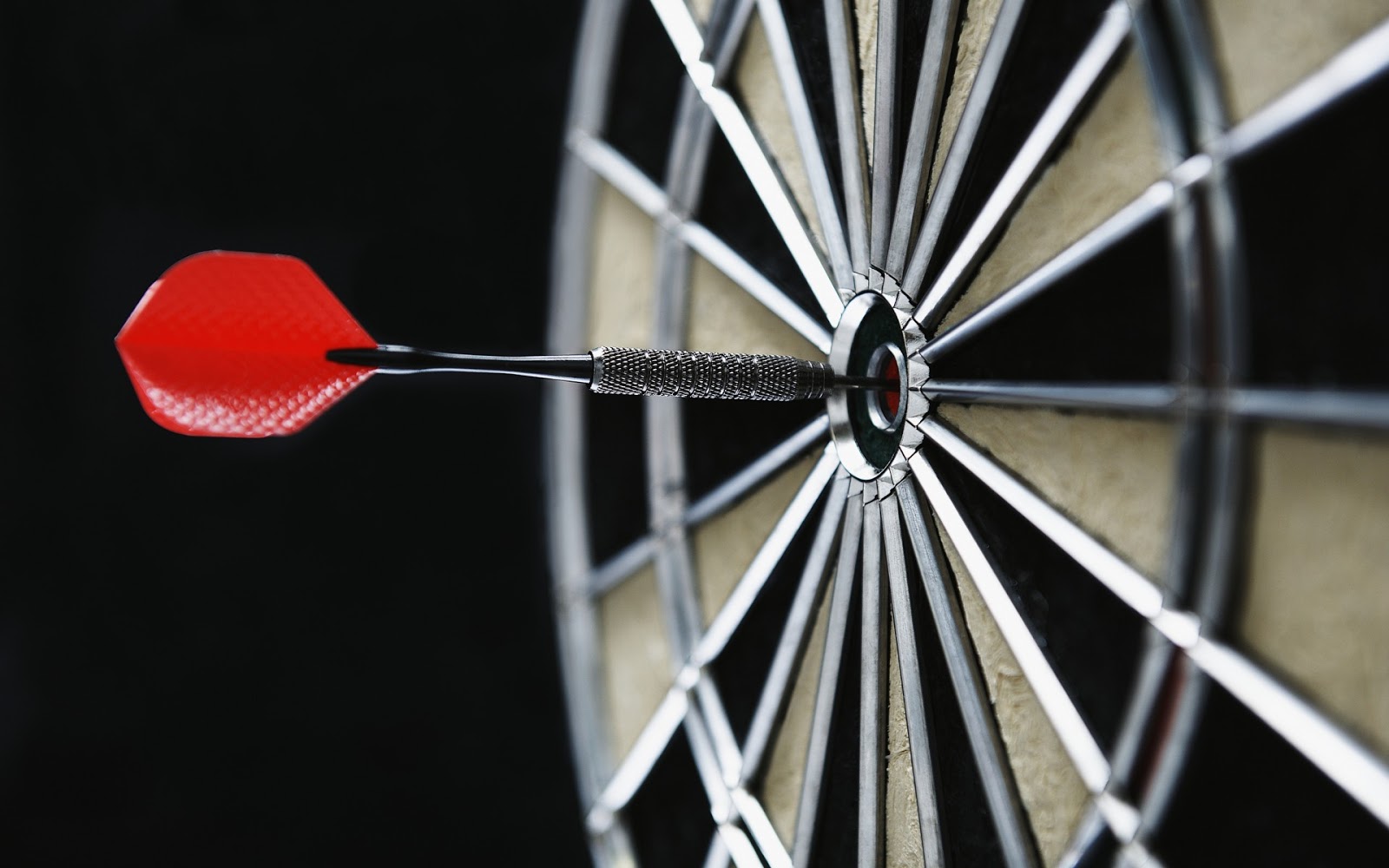
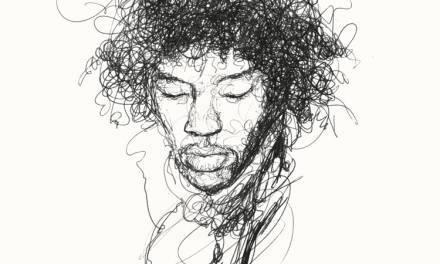
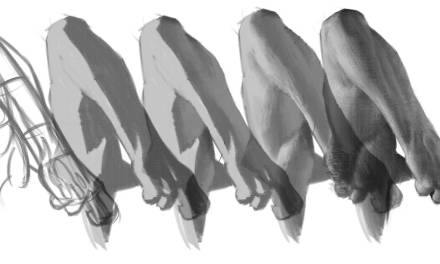
Great article.
I do agree, having your email address on the site is highly important. (where is yours?)
It’s on my FAQ page.
It’s not super easy to find because I am not looking for freelance work, but it’s there.
Thank you Lauren! I’m due to upgrade my site at any moment, so this was a really timely, clear and helpful guide to what is useful from an AD’s perspective.
Great to hear it! thanks!
I’m actually a fan of Artstation for my portfolio because they DO allow us to categorize our work (and I make use of that because my art comes in different styles and subjects). They also allow us to make a separate clean, simple website with our art that fulfills all the requirements you listed above (including a custom URL and About page). So I’m really confused as to why you consider Artstation to be so bad. Just because some artists treat it like a social media image spam site, doesn’t mean all of us do. 🙂
I am under the impression that that is the Pro version of the site, not the free more social/sharing version, which is what I call out at the end. Pro versions of sites like Artstation and Behance, etc do allow a lot more control and are absolutely fine for portfolio hosting.
Hi Lauren. Even on the free version, there is the artist’s website (without a custom domain) and the artist’s profile.
Would you say the problem with ArtStation is on both or are you referring only to the profile?
Eg:
free ArtStation website: https://carl-mcraven.artstation.com/
Vs
free ArtStation profile of the same artist: https://www.artstation.com/carl-mcraven
Ps: i swear it’s a legitimate question and I’m not just trying to put my portfolio in front of you… 😅
Alright, thanks for clarifying!
One thing I want to add since you did mention it as a host you like: Squarespace, if your site is version 7.1 your images will be protected from rick click saving. There is no way to simply turn it off and that makes me grumpy. I learned about this literally yesterday when I went to grab an image off my website for an email since I wasn’t on my home computer. It’s my understanding that this is feature that ADs find very annoying.
If you’re using Squarespace and want double check the version you’re using click on your website settings, go to “Help” then scroll to the bottom and it will tell you which version your site is running.
If you’re setting up a site on Squarespace for the first time and want to make sure it’s version 7.0 follow the first part of the paragraph below.
If you’re running version 7.1 and want to switch to 7.0 so that ADs can easily save images from your website instead of having to take a screenshot or other hoop jumping do the following:
– create a new trial site
– when selecting a template for your website scroll to the bottom and click on “Looking for Templates from an earlier version?”
– build out your site.
– You can then upgrade your new site, transfer your URL, and cancel the subscription on your old site. I think they will prorate your refund depending on where you are in your billing cycle when you cancel.
I hope this helps people and stops them from going through the headache I am now facing of rebuilding website due to one feature that clearly they thought was helpful but is in fact extremely annoying. I wish they made it something you could simply toggle on and off but they did not.
YIKES thanks for that great Pro Tip Carly! I will look into that, as I really do need to update my own site. I built it bespoke but it’s too much of a pain to make work in mobile and I’m just going to transition to a Squarespace site next.
I think a bunch of us need to contact Squarespace about this functionality, requesting that ‘right click save’ be a toggled function in their next update. I imagine they thought they were being helpful with this change when they’re in fact harming a segment of their customers. I’m thankful to still be on the 7.0 version, myself.
Yes I’m definitely going to look into it and see what I can suss out! It should be an option you can toggle.
Update: Squarespace wrote back to me after I followed Bruce’s suggestion and wrote to them. The right-click protect does not extend to galleries. So just make sure you put your images in a gallery instead of an image block. That makes me very happy that there is an option that doesn’t mean starting over from scratch.
Oh wonderful! thank you for reporting back!
Lauren what do you have to say about making websites mobile-friendly? I remember when I had a website it was designed and geared for computer observation, as I never looked at things on a mobile device. Is this advisable?
Better to have a site that just works on desktops vs. no site at all! And yes, I think it’s going to be viewed professionally on a desktop more frequently than a mobile device. BUT it’s better to have it work on mobile as well, which is the strength of templated site builders like Squarespace, Wix, and a bunch of the others, they adapt it automatically. It’s one of the reasons I’m updating my site soon.
Side note about image formats on websites using WordPress templates: I’ve recently realised that, by default, websites using the Jetpack extension will convert all image files to the .webp format, which takes less time than .jpgs to load. The downside being that this unusual format is only readable by very few programs (some web navigators, MS paint, but not the usual Mac or Windows image viewers).
It can be fixed by going to the Jetpack performace settings and deactivating the site accelerator (or just the “speed up image load times” subcategory), which I just did a few minutes ago… I’ve noticed other artists’ websites have the same issue, so hopefully this can help other people 🙂
(and aaargh, I’ve had that setting activated for two years, I hope it didn’t cost me cool jobs)
Yikes! I’ve never even heard of a .webp format!
Wow, thank you so much for this article Lauren! I’ve always been terrified of the “About” section because of literally not knowing how to sum up my life into a well worded, elegant paragraph. And that being the reason i never made myself a website. But your article has made me roll-up my sleeves!!
Don’t stress it too much! A good tip is to read a few other About pages by artists you follow and use theirs as a guide. More on About pages specifically next month!
On your website, the Drawn+Drafted link says it’s expired, and the link to your article yelling about teachers assigning interviews is dead.
Thanks Hyman, we just caught an expired Credit card but it’s back up now.
“while I’m not telling anyone to put personal info on their About page that they don’t want shared publicly, I am telling you to put all your special interests and identities you WANT to be hired for on your website so you can be hired for them.”
well, a lot of us just want to be hired for our art, not our background unless its present in our work. if its not present in our work or profile, then we are following your advice. If you’re finding it that hard to find, that might be a telling sign. My family, friends and artist friends fall into many of these groups and we all find it irritating that the only reason we really are hired or taught about is specific for things we have little to no control over. Nor do we want to invite the ire of the internet listing out these things when what a lot of us want (can’t talk for everyone) is just even consideration.